ELECTRONICS SIMULATORS SOFTWARE

If I am not mistaken this must be the 93rd article of this blog, however I would venture to say that most of the technology and methods we have seen in our articles correspond to components of early electronics practices in past decades.
Si no me equivoco este debe ser el artículo 93 de este blog, sin embargo me atrevería a decir que la mayor parte de la tecnología y métodos que hemos visto en nuestros artículos corresponde a componentes a las primeras practicas de electronica en décadas pasadas.
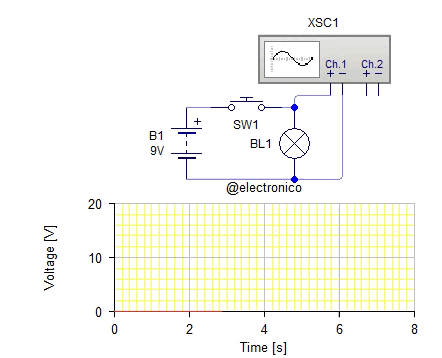
Does it mean that it is not useful, not at all, simulations have made it clear not only how a specific application works but also the ability of components and circuits to create useful applications even today.
¿Significa que no es de utilidad?, en ninguna manera, las simulaciones han dejado claro no solo el funcionamiento de una aplicaciones específica sino la capacidad de los componentes y circuitos para crear aplicaciones útiles aun en la actualidad.

Of course, we could not understand advanced techniques without mastering the basics of electronics, and those components and circuits, as old as they may seem, are the basis.
And we still have a lot of analog and digital electronics to understand, but as I decided at some point in the past we can't just focus on that, past technologies allowed us to create the computer, now the computer serves us to evaluate past technologies, that's what we have been doing with the Proteus simulator.
¿Ha sido necesario? por supuesto, no podríamos comprender técnicas avanzadas sin dominar las bases de la electrónica, y esos componentes y circuitos por muy antiguos que parezcan son la base.
Y aun nos falta mucha electronica analogica y digital que comprender, pero como decidi en algún punto del pasado no podemos centrarnos solo en eso, las tecnologías pasadas nos permitieron crear el ordenador, ahora el ordenador nos sirve para evaluar las tecnologías pasadas, es lo que hemos estado haciendo con el simulador Proteus.
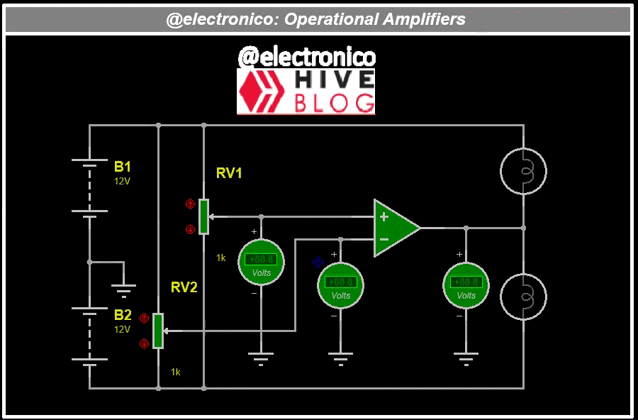
Yes, thanks to the current era we have the ability to design any type of circuit with any number of components without spending a penny and without risk of damaging anything thanks to the powerful existing development and simulation software.
For the electronics area there are basic simulators such as workbench, circuitmaker, livewire among others, of these the one we have used has been livewire for its simplicity, although I have the others I have not seen the need to use them.
Si, gracias a que estamos en la época actual tenemos la capacidad de diseñar cualquier tipo de circuito con cualquier cantidad de componentes sin gastar un centavo y sin riesgo de dañar nada gracias a los potentes softwares de desarrollo y simulación existentes.
Para el área de electrónica existen simuladores básicos como workbench, circuitmaker, livewire entre otros, de estos el que hemos usado ha sido livewire por su simplicidad, aunque dispongo de los otros no he visto la necesidad de usarlos.

Proteus on the other hand is a simulator with the functions of the previous ones but with a wider range of components available, including microcontrollers and Displays. But it has the flexibility to allow the addition of libraries to add more components which makes it even cooler.
Proteus por otro lado es un simulador con las funciones de los anteriores pero con una mayor gama de componentes disponibles, entre ellos los microcontroladores y Displays. Pero tiene la flexibilidad de permitir la adición de librerías para añadir más componentes lo que lo hace aun mas genial.

Then there are the software that are more extensive, these are designed for all types of engineering projects, so they are modular, which means that the functions you can perform will depend on the modules installed.
Since they are for all types of engineering it would be a waste of resources to bring by default all the existing modules since surely many will not be used, in my case I hardly use modules of civil or mechanical engineering.
These come with a package of basic modules and the user who uses them must download additional modules that are of particular interest, among this type of software we can find Matlab and Labview. There are other design softwares like Autocad but for the moment we are not going to take it into account since we are in the range of simulators.
Luego están los softwares que son más extensos, estos son pensados para todo tipo de proyectos de ingeniería, por eso son de tipo modular, lo que implica que las funciones que puede realizar dependerá de los módulos instalados.
Ya que son para todo tipo de ingenieria seria un desperdicio de recursos que traigan por defecto todos los módulos existentes ya que seguramente muchos no serán usados, en mi caso difícilmente use módulos de ingenieria civil o mecánica.
Estos traen un paquete de módulos básicos y el usuario que les da uso debe descargar módulos adicionales que sean de su interés particular, entre este tipo de softwares podemos encontrar a Matlab y Labview. Existen otros softwares de diseño como Autocad pero por el momento no lo vamos a tomar en cuenta ya que estamos en la gama de simuladores.
Since such sophisticated technologies are already there in the form of software, it would be stupid of us to start assembling physical circuits just to test and then disassemble.
Technology evolves, no longer every day but every minute, if we try to catch up starting from the beginning of time instead it will end up getting the better of us and I fear that in the process I myself might become outdated.
I think we already have enough material for the microcontroller domain which represents one of the most critical areas of digital electronics at the physical level.
I intend to continue describing components eventually in the blog, at least those that I consider necessary, I will also write about analog circuits, signal generation and processing, microcontroller applications and more.
However I think it is urgent to start learning current technology and this happens to know the engineering software that allow us to design and simulate more powerful applications capable of interacting with a computer.
From now on I will write about it and we will do things from the present, we will try almost any application we can think of, from automated designs, neural networks, robotics, mechatronics and who knows, we may end up delving into the bowels of the HIVE code to make applications or devices that interact directly with the blockchain (the limit is your imagination).
If you thought you had seen interesting things in this blog, get ready because things are going to take a much more interesting and mind-blowing course, we expect a promising month of May, because you deserve it.
Ya que están ahí esas tecnologías tan sofisticadas en forma de software sería estúpido de nuestra parte ponernos a armar circuitos físicos solo para hacer pruebas y luego desarmar.
La tecnología evoluciona, ya no cada día sino cada minuto, si intentamos alcanzarla partiendo desde el principio de los tiempos en lugar de ello acabará por sacarnos ventajas y me temo que en el proceso yo mismo podría quedar desactualizado.
Creo que ya tenemos suficiente material para el dominio de microcontroladores que representa una de las áreas más críticas de la electrónica digital a nivel físico.
Pretendo seguir describiendo componentes de forma eventual en el blog, al menos aquellos que considere necesarios, tambien escribire sobre circuitos analogicos, generacion y procesamiento de señales, aplicaciones con microcontroladores y más.
Sin embargo creo que es urgente comenzar a aprender tecnología actual y esto pasa por conocer los softwares de ingeniería que nos permiten diseñar y simular aplicaciones más potentes capaces de interactuar con un computador.
En adelante escribiré sobre ello y haremos cosas del presente, vamos a probar casi cualquier aplicación que se nos ocurra, desde diseños automatizados, redes neuronales, robótica, mecatrónica y quien quita terminemos hurgando en las entrañas del código de HIVE para hacer aplicaciones o dispositivos que interactúen directamente con la blockchain (el límite es tu imaginación.)
Si pensaste que habías visto cosas interesantes en este blog pues prepárate porque las cosas van a tomar un rumbo mucho más interesante y alucinante, nos espera un mes de mayo prometedor, porque ustedes lo merecen.
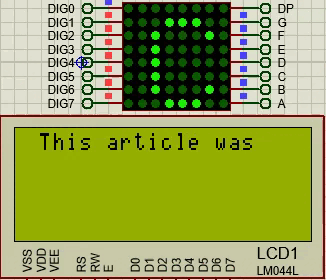
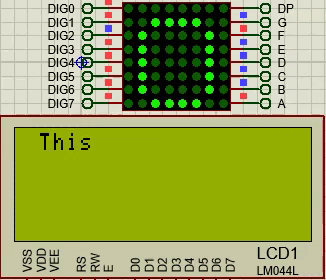
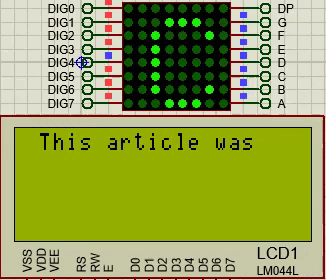
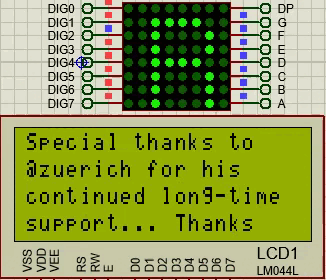








Thanks for your contribution to the STEMsocial community. Feel free to join us on discord to get to know the rest of us!
Please consider delegating to the @stemsocial account (85% of the curation rewards are returned).
You may also include @stemsocial as a beneficiary of the rewards of this post to get a stronger support.